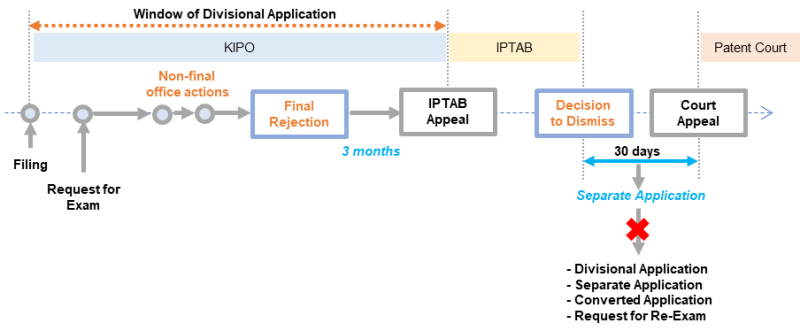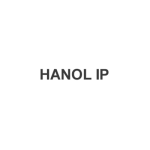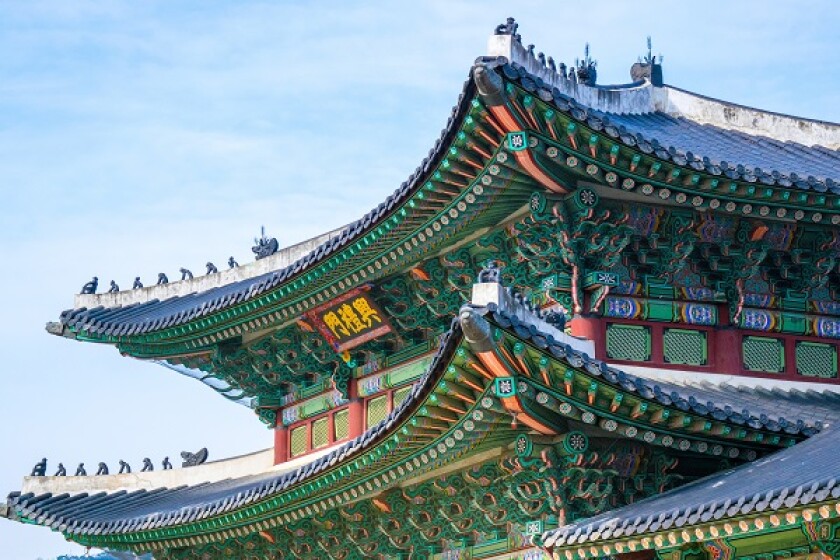As of April 20 2022, the revisions to the South Korean Patent Act (KPA) became effective. The major changes include:
1. A longer period for responding to a final rejection;
2. An expanded window for requesting re-examination even after allowance;
3. A new separate application system; and
4. Relaxed requirements for reviving lapsed rights.
Response period for final rejection lengthened from 30 days to three months
Under the previous KPA, a period of 30 days was provided for responding to a final rejection by filing an appeal, a request for re-examination, or a divisional or converted application. This 30-day period has long been thought too short to prepare the documents required for an appeal, and many applicants filed for extensions before actually submitting any documents.
The amended KPA now provides a longer period, which is set as three months from the date of receipt of a Notice of Final Rejection. This three-month period may be extended by up to an additional 60 days. Under the new law, applicants can save costs by avoiding time extensions.
Requesting re-examination of an application is now possible even after allowance
Under the previous KPA, an applicant could file a request for re-examination in response to the first final rejection, but not after receiving a notice allowance. Therefore, if an applicant wanted to correct some errors in the claims or specification after having received a notice of allowance, it would have been necessary to file a correction trial after the patent had been registered.
A correction trial is a post-grant proceeding before the Intellectual Property Trial and Appeal Board (IPTAB). It is a separate administrative proceeding that may take a year or so, and the scope of amendment to the claims or specification permitted through this proceeding is quite limited.
Applicants were permitted only to:
1. Narrow the scope of a claim(s);
2. Correct a clerical error(s); or
3. Clarify an unclear description(s).
Any correction could not substantially expand or change the scope of the claims. Because of this reduced flexibility in correction trials, applicants often chose to file a divisional application to amend the application more easily.
Under the amended KPA, requesting re-examination is now available even after a notice of allowance, but before the application is registered as a patent. This can be an easier way to resolve any obvious errors or clarity issues that were found late, or to amend the claims after allowance to meet any needs that may have occurred in the market.
If a request for re-examination is filed, the notice of allowance is deemed to have been cancelled, and the examination procedure is re-opened.
The allowable scope of amendment remains limited to:
1. Narrowing the scope of a claim(s);
2. Correcting a clerical error(s);
3. Clarifying an unclear description(s); or
4. Deleting new matter added by a previous amendment in the same manner as when responding to a final rejection.
These limitations are less restrictive than those in a correction trial. However, if the allowance was issued after re-examination following a first final rejection, requesting another re-examination is not allowed.
A separate application can be filed when an appeal to a final rejection is dismissed.
In South Korea, a patent application is either allowed or rejected in its entirety, although substantive examination is performed on a claim-by-claim basis. Therefore, entire applications, including potentially allowable claims and rejected claims, have been rejected even when the rejection was directed only to some of the claims.
Under the South Korean patent system, claim amendments or divisional applications are not possible after an appeal against a final rejection has been filed. Say an applicant appealed in response to a final rejection that had indicated both rejected and not-rejected claims. Under the old law, if the case was later dismissed, it was not possible to save those claims that were potentially allowable at the final rejection stage.
The only way to get around this situation was to file a precautionary divisional application at the same time as the appeal in response to the final rejection.
As of April 20 2022, applicants can now file a separate application for claims not rejected in a final rejection when a subsequent appeal has been dismissed. It applies to cases in which the appeal was filed on or after April 20 2022.
Although they appear to be similar, the separate application has more limitations than a divisional application. Further, a separate application is not allowed if all claims were rejected, and another divisional or separate application cannot be filed based on a separate application.
Because of these limitations, a divisional application remains the most flexible prosecution tool. However, a separate application will prove its usefulness when the applicant has missed the window to file a divisional application.

Relaxed requirements for restoring lapsed rights under the ‘justifiable reason’ standard
South Korea has relaxed the procedural requirements for restoring lapsed rights due to the failure to meet deadlines. The government has amended the relevant provisions in the KPA, the Utility Model Act, the Trademark Act, and the Design Protection Act.
In the past, it was necessary to submit an explanation that the failure was due to 'reasons not attributable' to the applicant. This standard has been construed very narrowly to mean extreme circumstances such as natural disaster. Accordingly, there has been a relatively low likelihood of success in remedies for missed deadlines.
In the amended law, the requirements for restoring, reinstating, or re-establishing lapsed rights have been relaxed to 'justifiable reasons'. The South Korean Intellectual Property Office (KIPO) explained that 'justifiable reasons' includes situations such as the sudden hospitalisation of the applicant due to infection by COVID-19.
This 'justifiable reason' standard is thought to be similar to the 'due care' standard of other jurisdictions.
The following deadlines can benefit from the revised rules:
1. Responding to a notice of informalities;
2. Request for examination;
3. Request for re-examination; and
4. Paying registration and annuity fees (with surcharges).
However, there is no remedy or restoration of rights when an applicant has failed to observe the deadline for PCT nationalisation, or for claiming priority based on the Paris Convention.
The request for the remedy or completion of the missed procedures must be completed within two months of the date on which the justifiable reason ceased to exist. In addition, it must be made within one year after the expiry of the deadline that was not observed.
Min Son, PhD
Managing partner, Hanol IP & Law
E: minson@hanollawip.com












